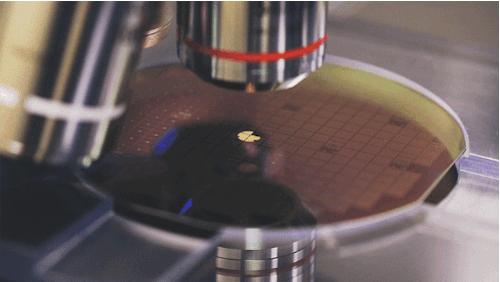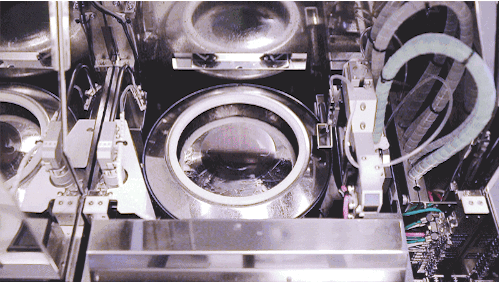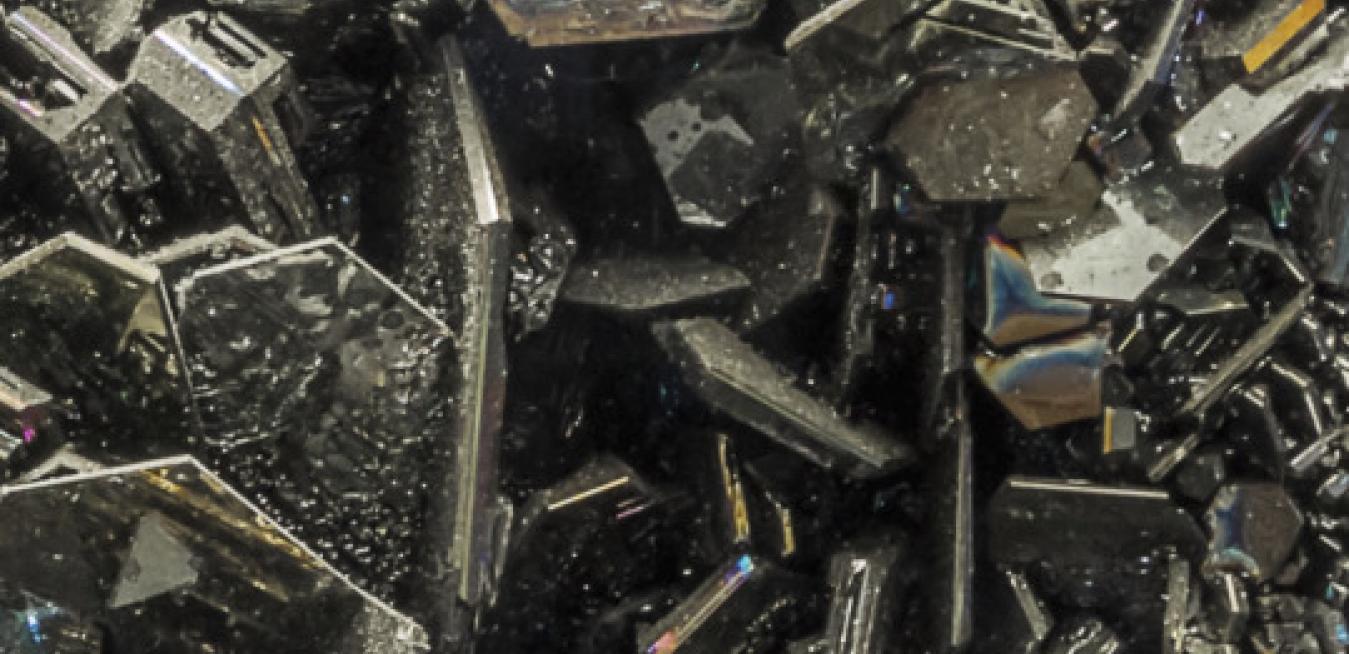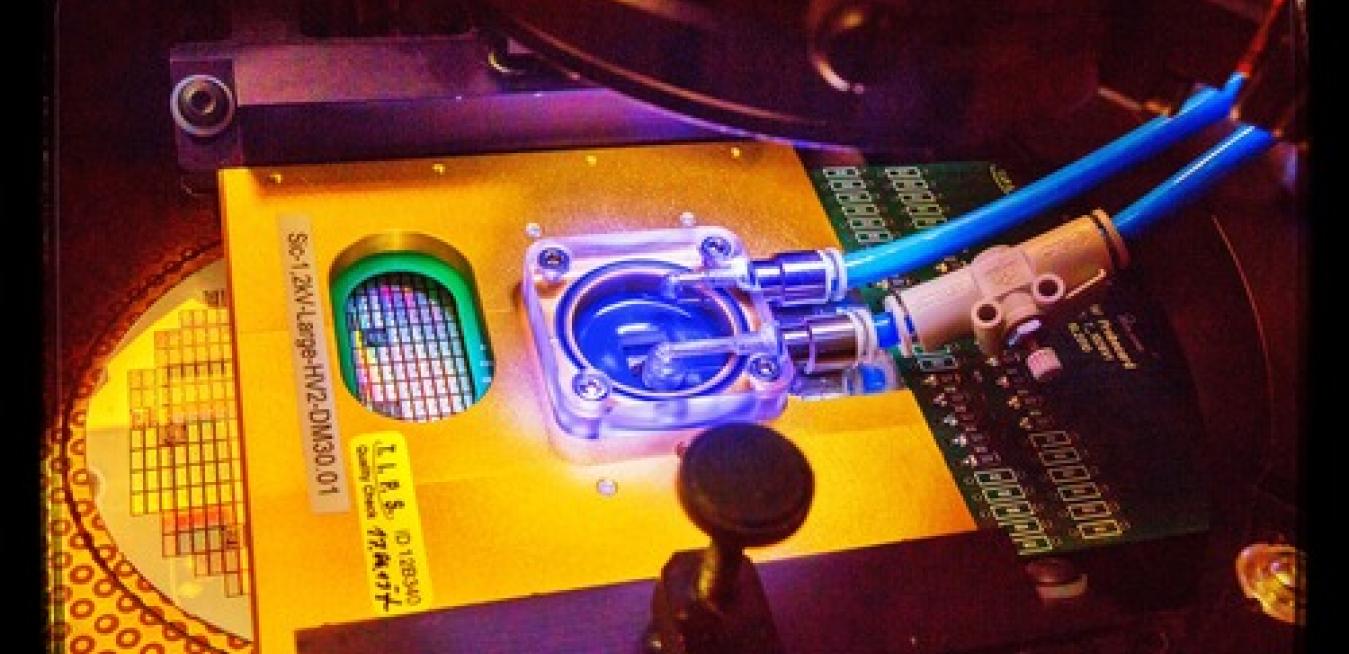It would be hard to imagine a happier success story than silicon-based electronics. In the six decades since Morris Tanenbaum built the first silicon transistor at Bell Labs, engineers have been able to shrink the size of the transistors they put on a silicon chip from microns to nanometers, and increase the density of circuit elements a millionfold. But silicon has an Achilles' heel: When it gets hot, its electrical properties degrade, and chips made from the material fail faster.
Categories
Like microchips inside computers and laptops, power management chips are pieces of semiconductor as small as a cornflake. But they move electricity (watts), not data (bytes). Their circuits help extend battery life and reduce power consumption for a broad range of devices: from smartphones and tablets to brain scanners and jet engines. They can make machines smaller, lighter, and more efficient.










